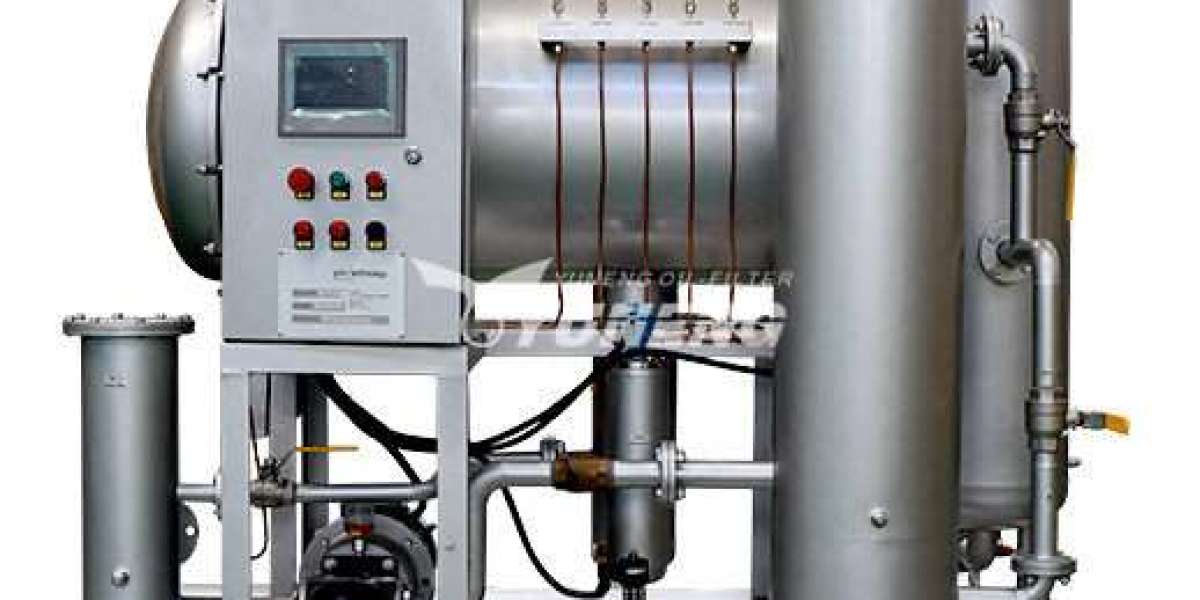Understanding the Benefits of Series Lube Oil Purification
Before diving into the integration process, let's recap the advantages of using series lube oil purifiers:
Extended equipment life: Clean oil reduces wear and tear on machinery components.
Improved equipment performance: Contaminant-free oil optimizes equipment efficiency.
Reduced maintenance costs: Fewer breakdowns and replacements lead to cost savings.
Environmental protection: Proper oil management helps prevent environmental contamination.
Assessing Your System for Series Purification Integration
Before installing a series lube oil purifier, a thorough evaluation of your existing system is essential:
Oil flow rate: Determine the volume of oil circulating through the system.
Contamination level: Analyze oil samples to assess the severity of contamination.
Pressure drop tolerance: Evaluate the system's ability to handle increased pressure from the purifier.
Bypass valve requirements: Consider if a bypass valve is necessary to maintain oil flow during purifier maintenance.
Installation space: Ensure adequate space for the purifier and associated components.
Integration Steps
Select the Right Purifier: Choose a purifier with a capacity that matches your system's oil flow rate and contamination level. Consider factors like purifier technology (centrifugal, vacuum, or coalescing), filtration efficiency, and maintenance requirements.
Determine Installation Location: Select a location that allows for easy access to the purifier for maintenance and inspection. Consider factors like oil temperature, vibration, and proximity to other equipment.
Bypass Valve Installation: If necessary, install a bypass valve to maintain oil flow to the system during purifier maintenance or in case of equipment failure.
Piping and Instrumentation: Design and install the necessary piping and instrumentation to connect the purifier to the oil system. Ensure proper fittings, valves, and gauges are used.
Start-up and Testing: Commission the purifier according to the manufacturer's instructions. Conduct thorough testing to verify oil quality improvement and system performance.
Ongoing Maintenance and Monitoring
Regular maintenance is crucial for optimal purifier performance:
Monitor oil quality: Regularly analyze oil samples to assess the purifier's effectiveness.
Inspect purifier components: Check for wear, damage, or blockages.
Replace filter elements: Follow the manufacturer's recommendations for filter element replacement.
Clean purifier: Remove accumulated contaminants to maintain efficiency.
Challenges and Considerations
Pressure Drop: Series purifiers can increase system pressure. Ensure the system can handle the added pressure without adverse effects.
Oil Flow Rate: The purifier's capacity must match the oil flow rate to avoid bypassing or overloading.
Contaminant Load: Heavy contamination may require additional filtration stages or more frequent purifier maintenance.
Cost: Consider the initial investment, operating costs, and return on investment.
By carefully planning and executing the integration of a series lube oil purifier, you can significantly enhance the performance and longevity of your equipment. Regular monitoring and maintenance will ensure the continued benefits of clean oil.
Would you like to delve deeper into a specific aspect of series lube oil purification or discuss case studies?








